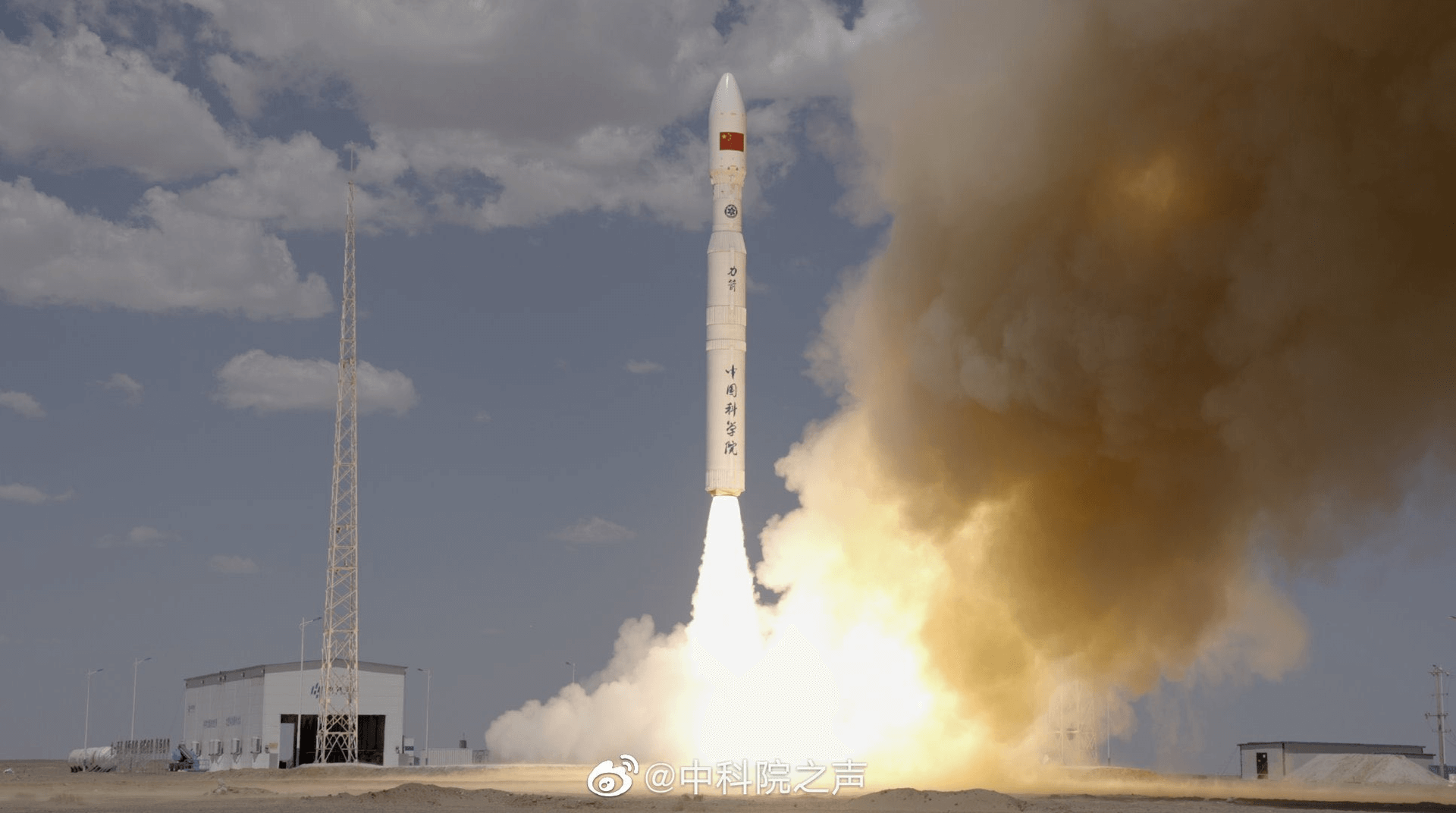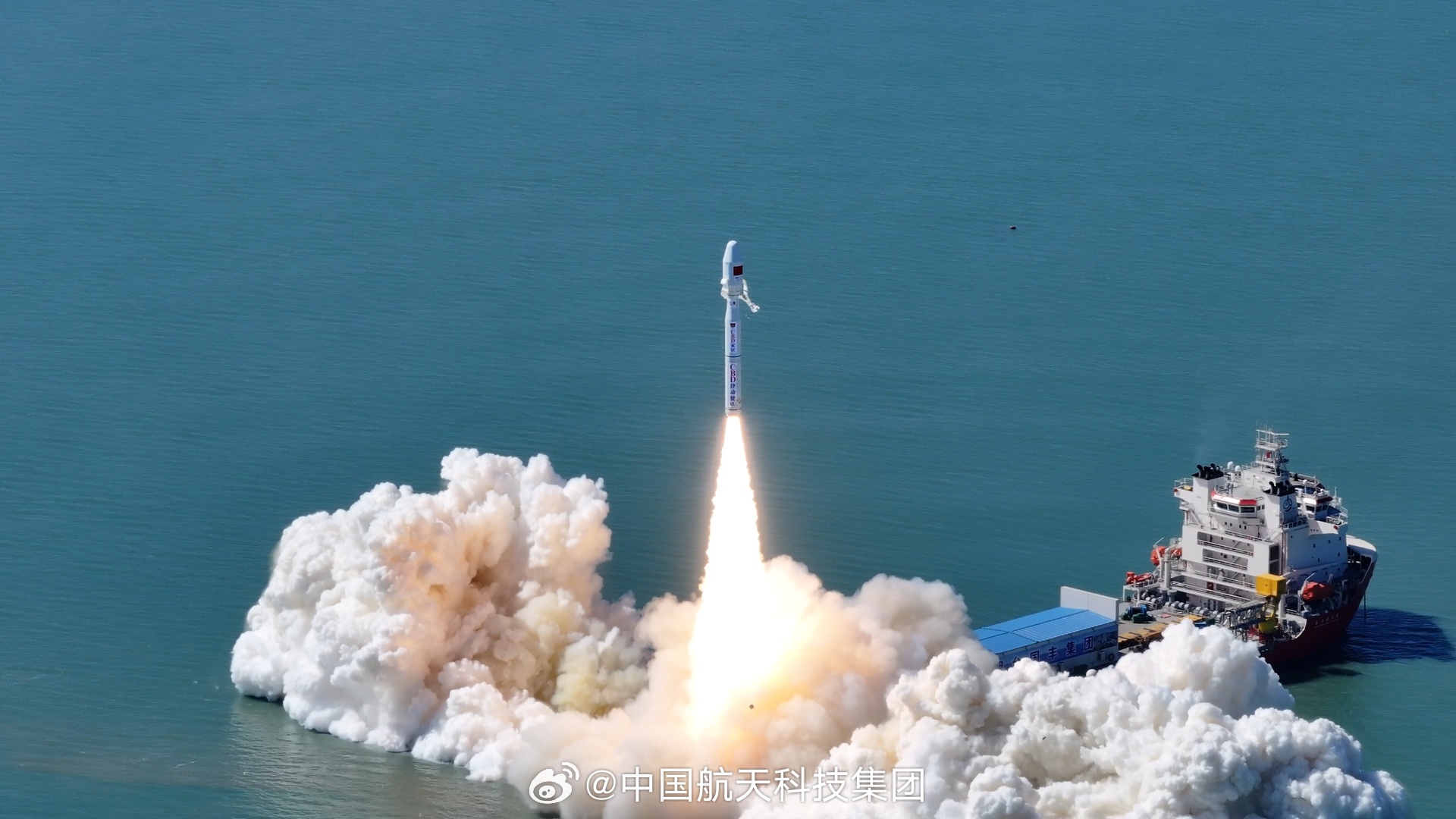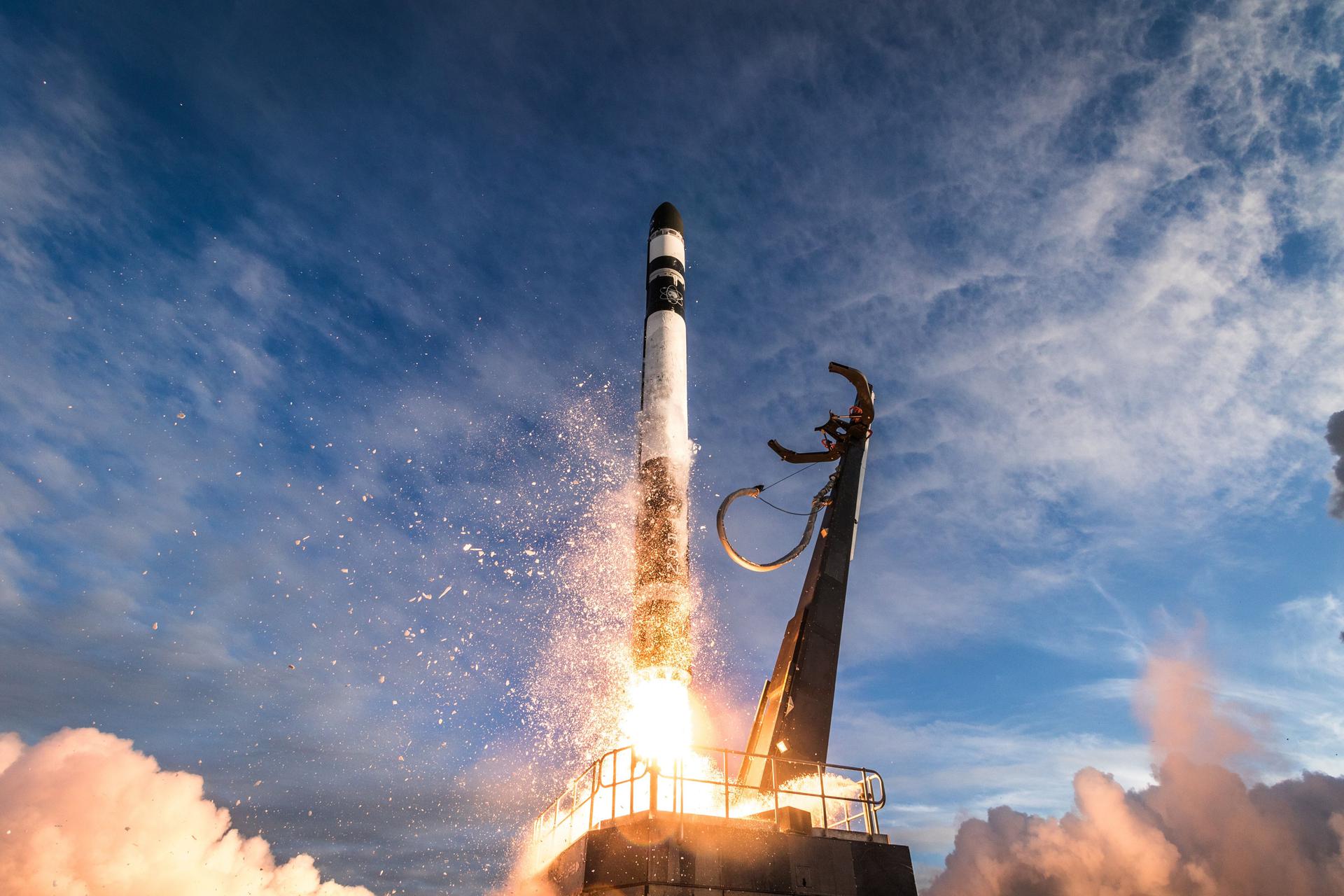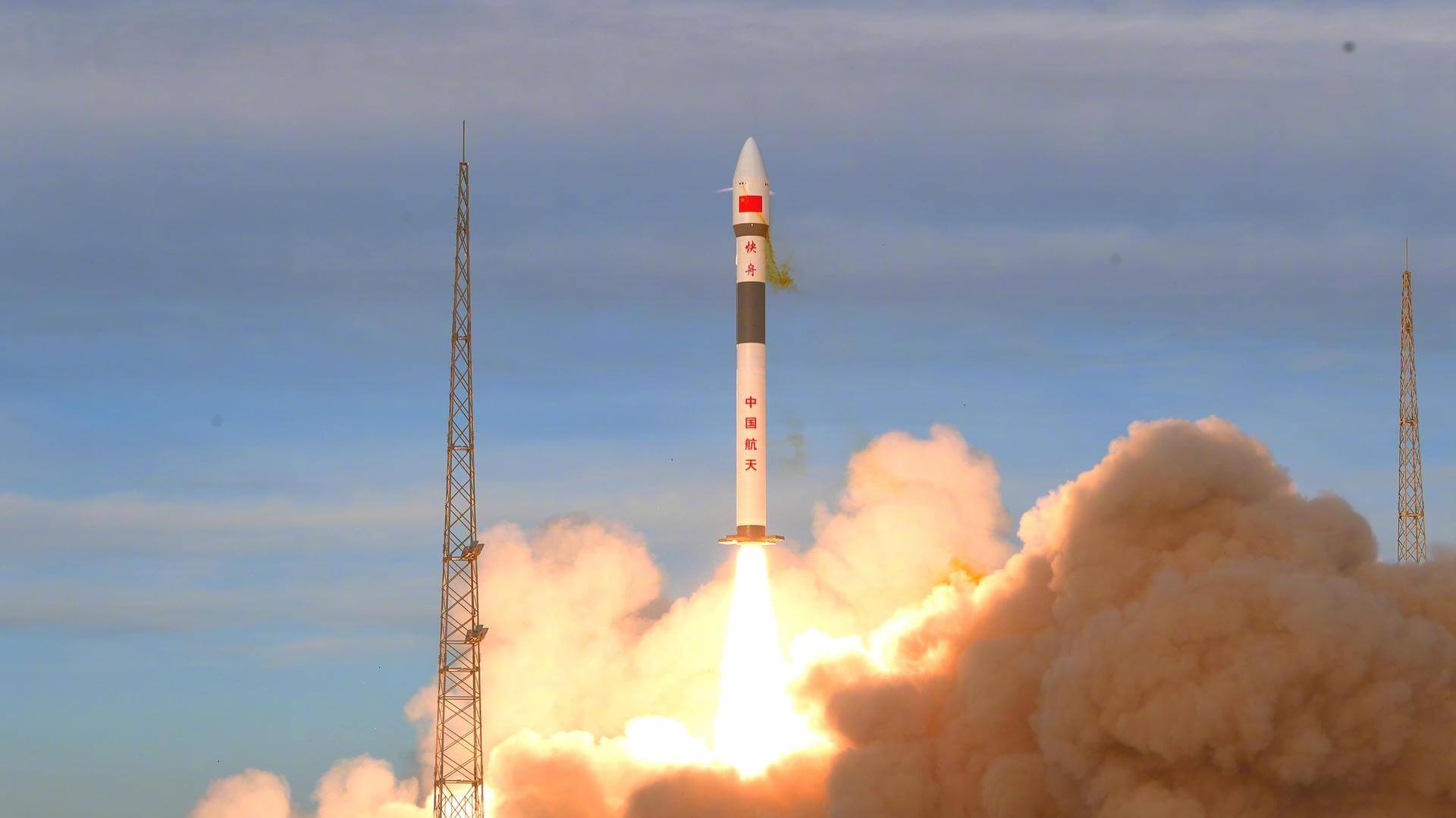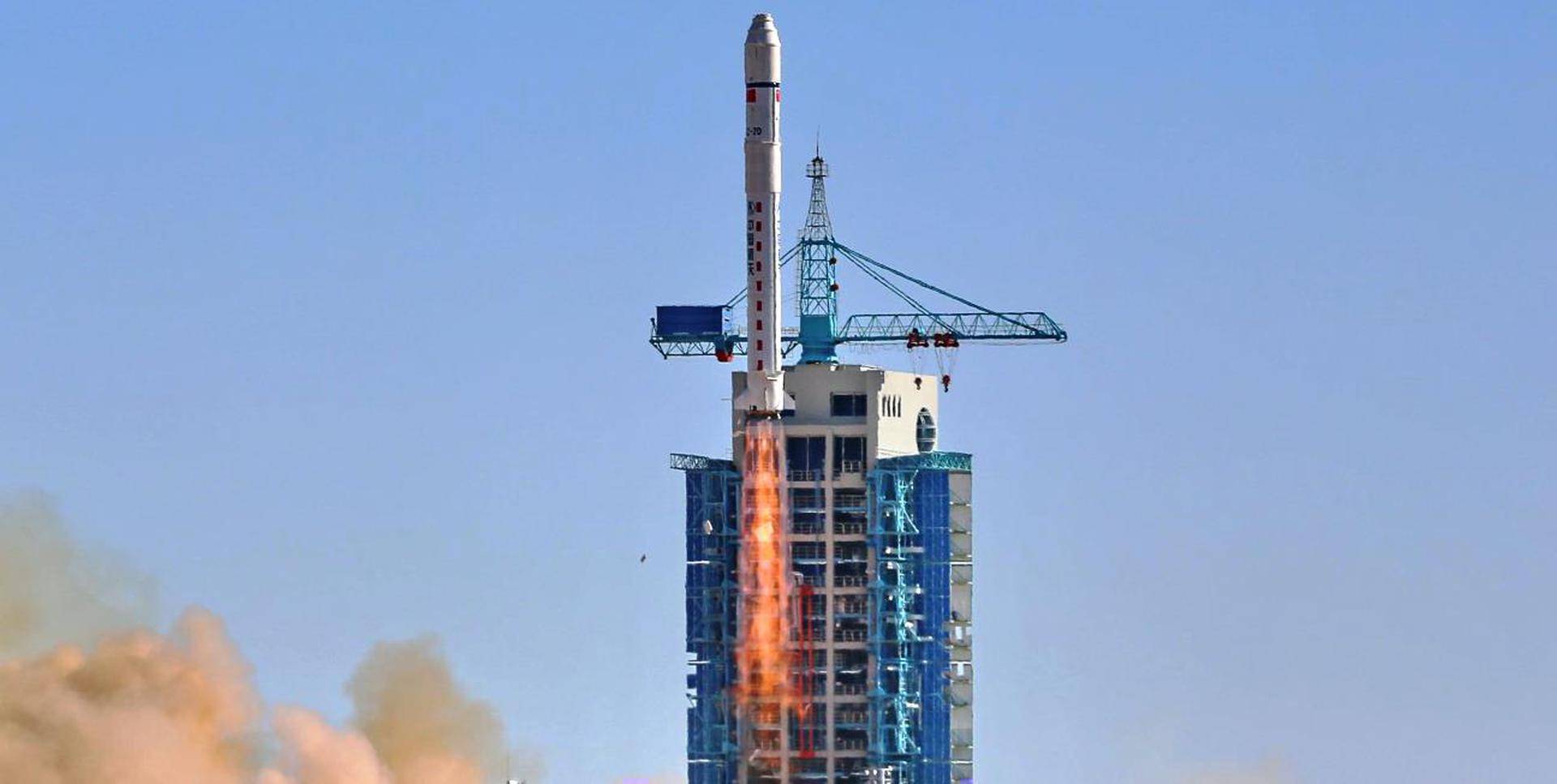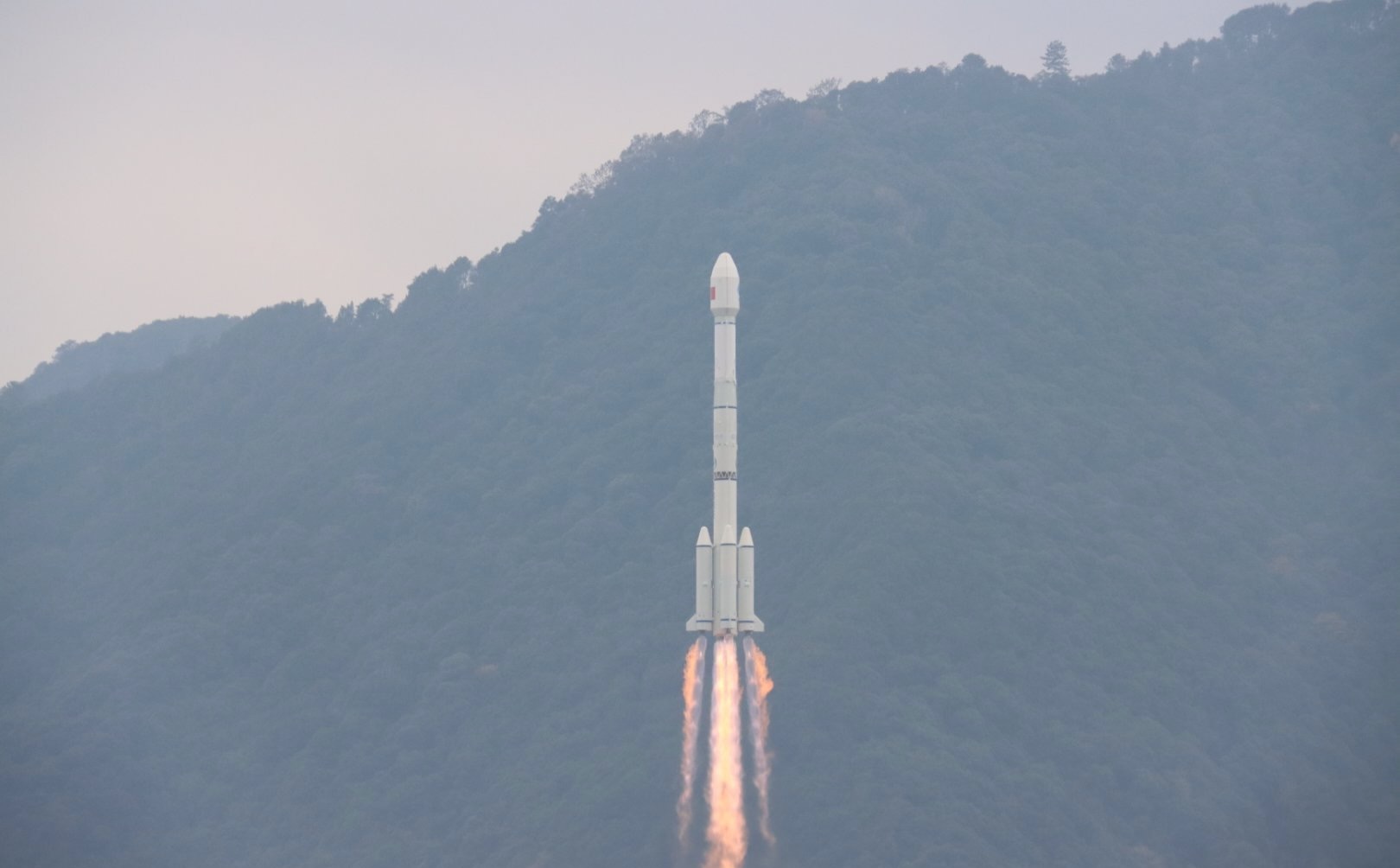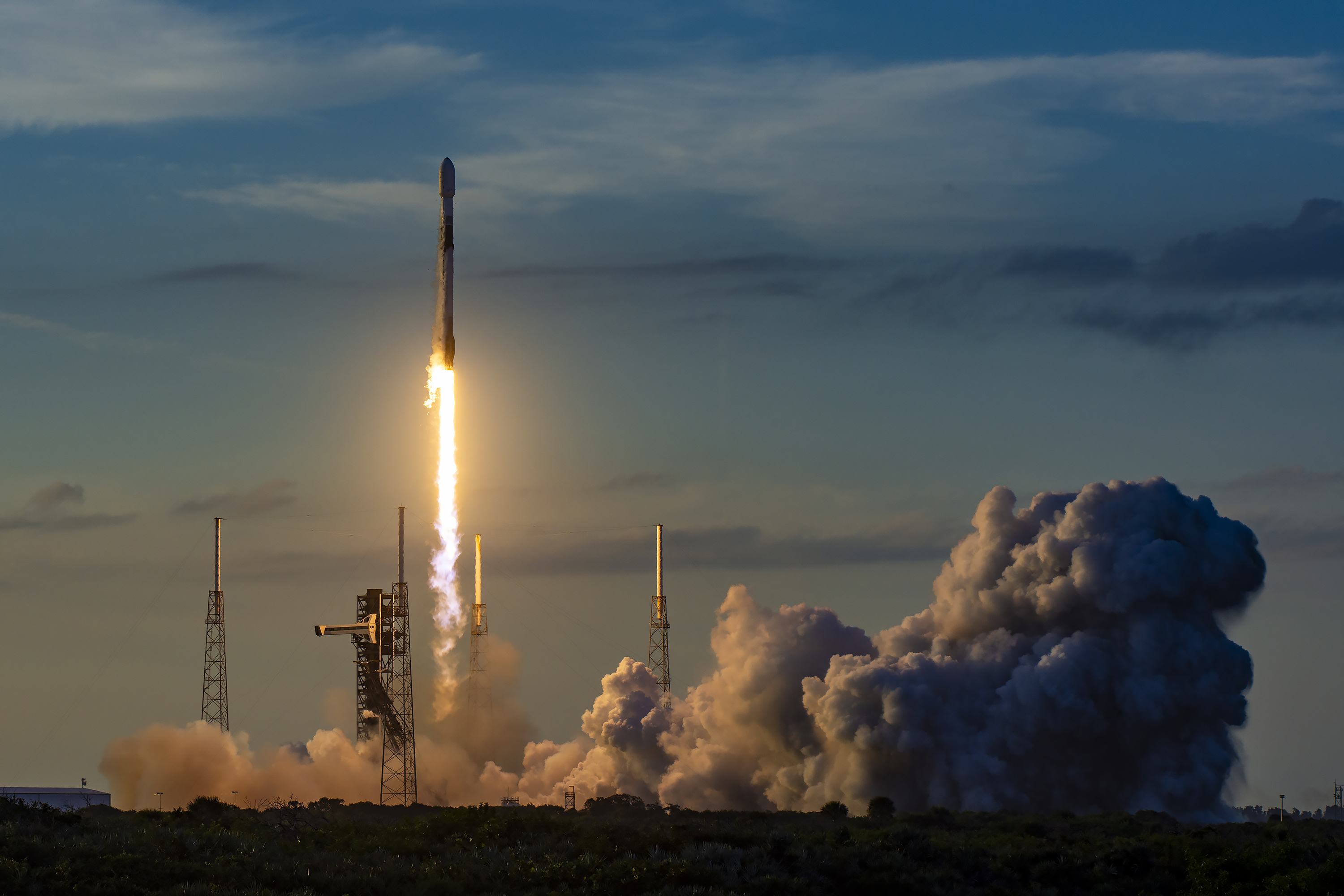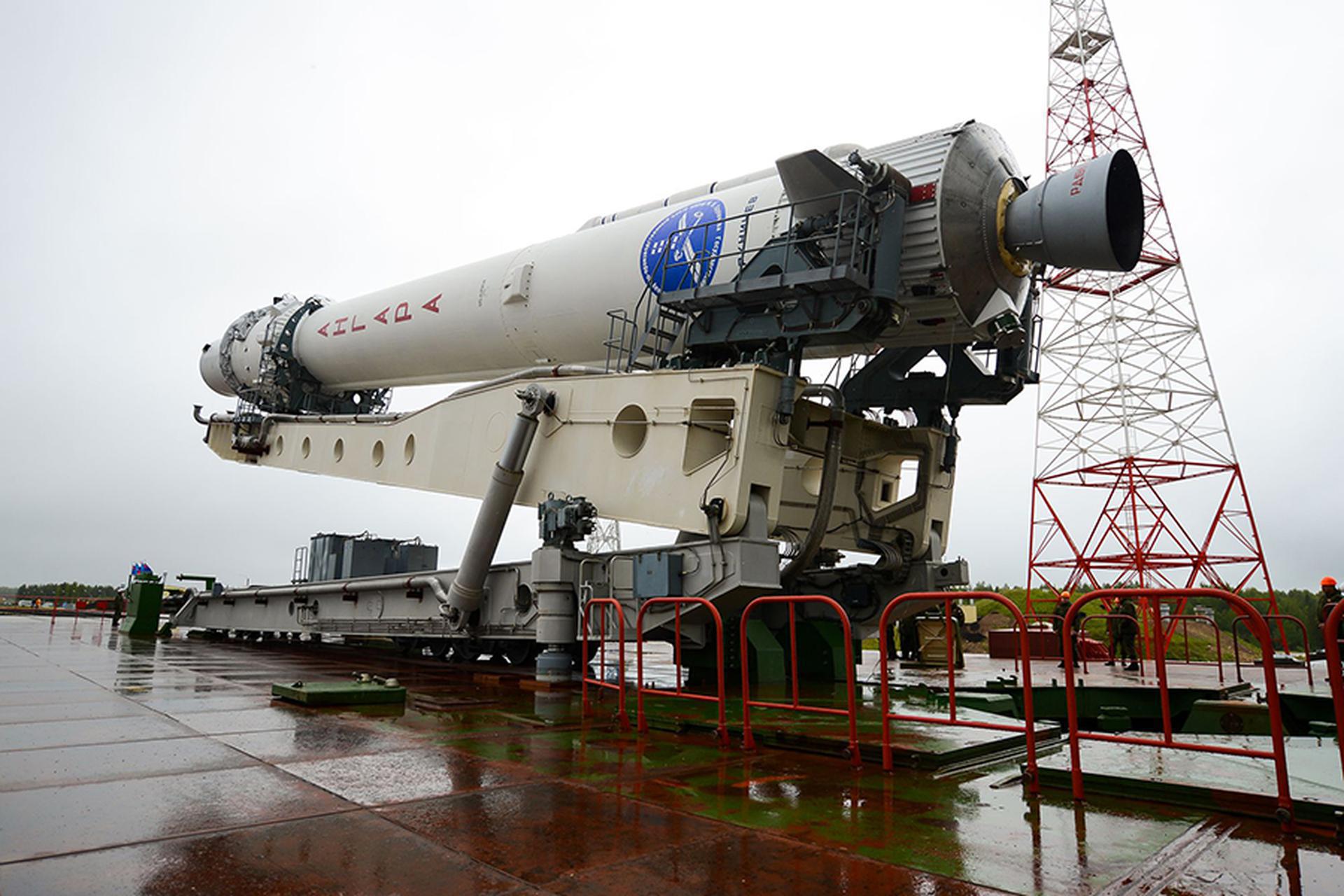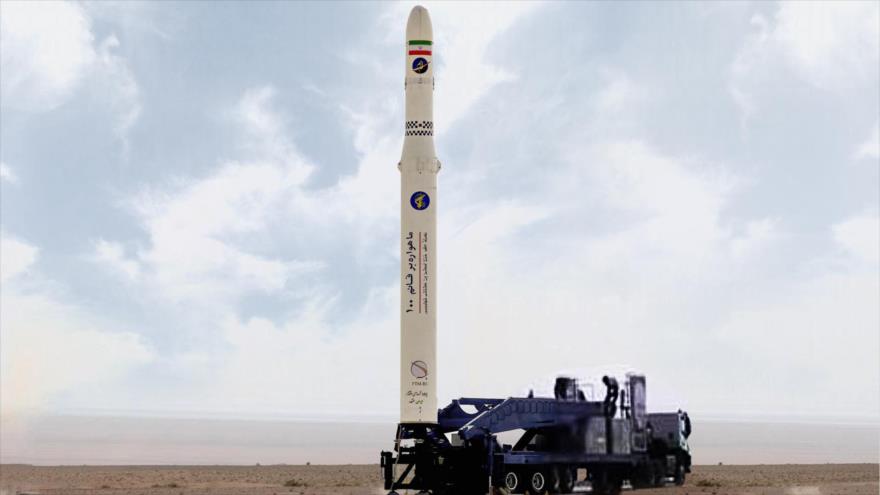Previous Spaceflight Launches
Filter by Agency, Locations or Vehicles
Show All LaunchesKinetica 1 | 5 satellites
CAS Space | ChinaJiuquan Satellite Launch Center, People's Republic of China
Sept. 24, 2024, 11:33 p.m.
Smart Dragon 3 | 8 satellites
China Rocket Co. Ltd. | ChinaHaiyang Oriental Spaceport
Sept. 24, 2024, 2:31 a.m.
Electron | Kinéis Killed the RadIoT Star (Kinéis 6-10)
Rocket Lab | United States of AmericaRocket Lab Launch Complex 1, Mahia Peninsula, New Zealand
Sept. 20, 2024, 11:01 p.m.
Falcon 9 Block 5 | Starlink Group 9-17
SpaceX | United States of AmericaVandenberg SFB, CA, USA
Sept. 20, 2024, 1:50 p.m.
Kuaizhou 1A | Tianqi 29-32
ExPace | ChinaXichang Satellite Launch Center, People's Republic of China
Sept. 20, 2024, 9:43 a.m.
Long March 2D | Jilin-1 Wideband 02B-01 to 06
China Aerospace Science and Technology Corporation | ChinaTaiyuan Satellite Launch Center, People's Republic of China
Sept. 20, 2024, 4:11 a.m.
Long March 3B/YZ-1 | Beidou-3 M25 & M27
China Aerospace Science and Technology Corporation | ChinaXichang Satellite Launch Center, People's Republic of China
Sept. 19, 2024, 1:14 a.m.
Falcon 9 Block 5 | Galileo L13 (FOC FM26 & FM32)
SpaceX | United States of AmericaCape Canaveral SFS, FL, USA
Sept. 17, 2024, 10:50 p.m.
Status: Launch Successful
Mission:
Two satellites for Europe's Galileo navigation system. Originally planned for launch on Soyuz-ST and then Ariane 6 but both were unavailable. Galileo provides Europe with an alternative to the American GPS and Russian GLONASS constellations, but will be interoperable with both systems.
Medium Earth Orbit B1067 - Flight Proven ( ) Just Read the InstructionsAngara 1.2 | Kosmos 2577 & 2578
Khrunichev State Research and Production Space Center | RussiaPlesetsk Cosmodrome, Russian Federation
Sept. 17, 2024, 7:01 a.m.
Qaem 100 | Chamran-1
Islamic Revolutionary Guard Corps Aerospace Force | IranShahrud Missile Test Site, Islamic Republic of Iran
Sept. 14, 2024, 5:58 a.m.
